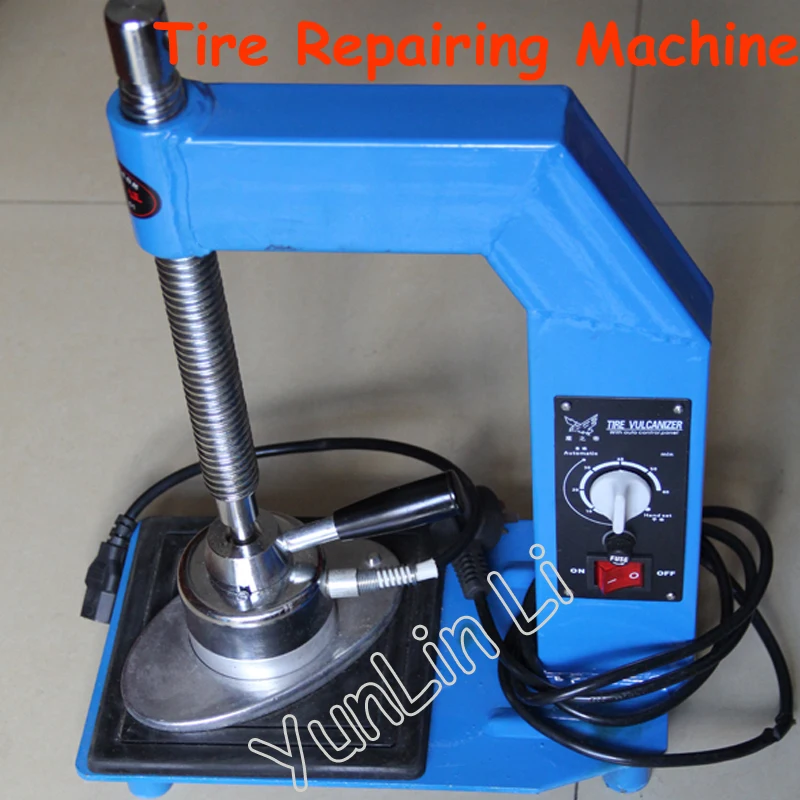Keeping tires in good shape and free from any cracks and damages is important for ensuring safety while driving and prolonging the lifespan of your tires.
So if you’re researching ways to repair damages and improve the strength of your vehicle’s tires, you may be wondering – what is tire vulcanizing? Well, here is everything I’ve found out on this topic!
Tire vulcanizing is a chemical process that hardens rubber and is frequently used to repair cracks, tears, and punctures in tires. Most local automobile service centers offer tire vulcanization services for $10-$30. However, vehicle owners can also perform the vulcanization process themselves using DIY kits that cost anywhere from $2-$15 per kit.
If you want to learn more about how tire vulcanizing works, how much does it cost to vulcanize tires, and much more, keep on reading to find out more useful facts and tips!
Charles Goodyear invented the vulcanization process in the mid-1880s while doing experiments to improve tire tubes.
Although this process received heavy criticism in the beginning, people eventually came to appreciate the benefits of vulcanization in the manufacturing and repair of tires.
The vulcanization process involves sealing and repairing punctures, cuts, or gashes in tires under extreme pressure and heat.
Vulcanization can be done in three different ways:
1. Section Repair
The section repair method is used to deal with severe damage such as cuts and tears through the cords of the tire.
In this method, both inner and outer layers of the tire are first beveled and filled with rubber patches.
After that, sulfur is applied under high pressure and temperature to permanently seal and harden the patches.
2. Spot Repair
Spot repair can only be used to repair external damage including sidewall tears, cracks, and bead damage, and is not suitable if your tire’s cords are also damaged.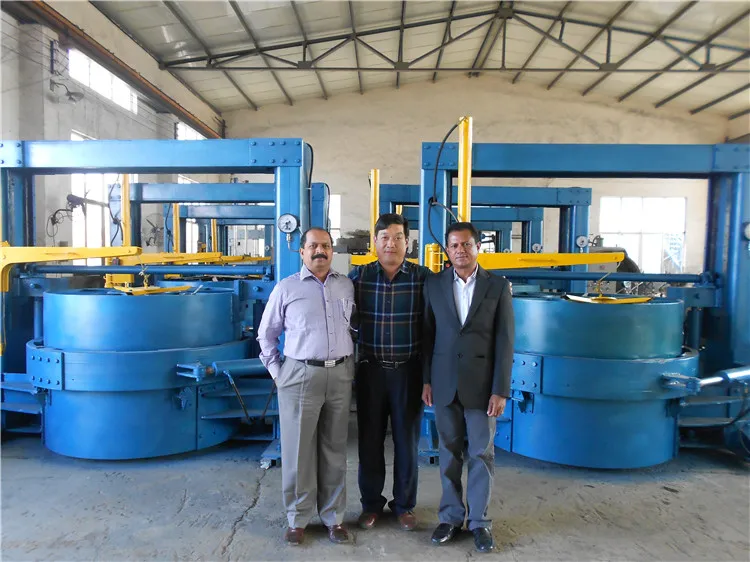
In spot repair, the surface of the damaged area is filed, evened out, and filled with a new rubber patch in the presence of sulfur or another curative under high pressure and temperature.
3. Stripping
Stripping involves adhering a thin layer of rubber to the inner surface and vulcanizing it with sulfur under high pressure and heat to form a permanent seal.
This method is primarily used to repair the inner surface of the tire, where the cords have been exposed due to extended wear and tear.
Vulcanizing fluid is a rubber-based, fast-drying liquid that is used to repair tires and tubes, which works by forming strong chemical bonds (of sulfur) with the tire patch at normal room temperature and pressure.
Afterward, once it has dried after application, the seal between the tire and patch becomes permanent and air-tight.
Here are the steps you should follow to properly apply vulcanizing fluid for your tire repair:
It should be noted that the drying time of the fluid is affected by its temperature and thickness.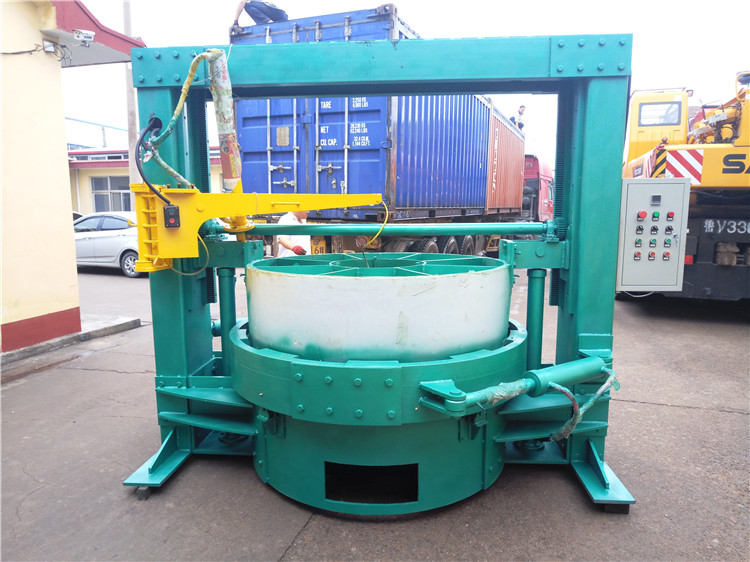 To compare, a thin coating will dry in five minutes, but a heavy coating can take as much as fifteen minutes to dry.
To compare, a thin coating will dry in five minutes, but a heavy coating can take as much as fifteen minutes to dry.
Although you can use both rubber cement and vulcanizing fluid to repair your tire, there is a slight difference in their composition and in how they function.
Rubber cement is made from elastic polymers (latex) and solvents (hexane or acetone), whereas vulcanizing fluid uses sulfur as the main compound for bonding with the tire’s rubber.
Additionally, rubber cement is not strong enough to achieve long-lasting results from vulcanization, whereas vulcanizing fluid makes a permanent and strong seal.
Vulcanizing a tire is an excellent way to repair and strengthen your tire since vulcanized rubber lasts a lot longer than natural rubber.
In fact, vulcanized rubber becomes ten times stronger than natural rubber due to the cross-linking of sulfur and other metallic oxides with the rubber.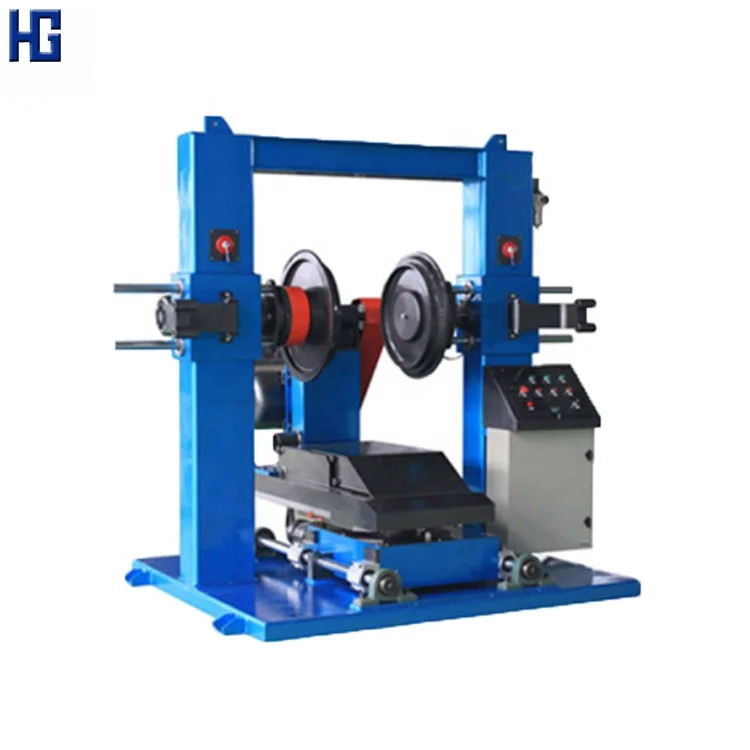
Because of this, manufacturing companies often use vulcanized rubber to produce tires as well, making it quite suitable for tire repairs.
Although it is safe to vulcanize a tire, you should avoid doing so if any of the below conditions apply, since the repair will not be effective or long-lasting:
You should have your tires inspected by a professional mechanic if you are not sure whether it is safe to vulcanize a tire.
You can expect to pay between $10 to $20 for vulcanizing a damaged tire, though the cost also depends on the size of the tire and the extent of the damage.
However, keep in mind that vulcanizing a tire with a sidewall tear usually costs more (up to $30) because the sidewall is integral to the tire’s strength, rigidity, and structure.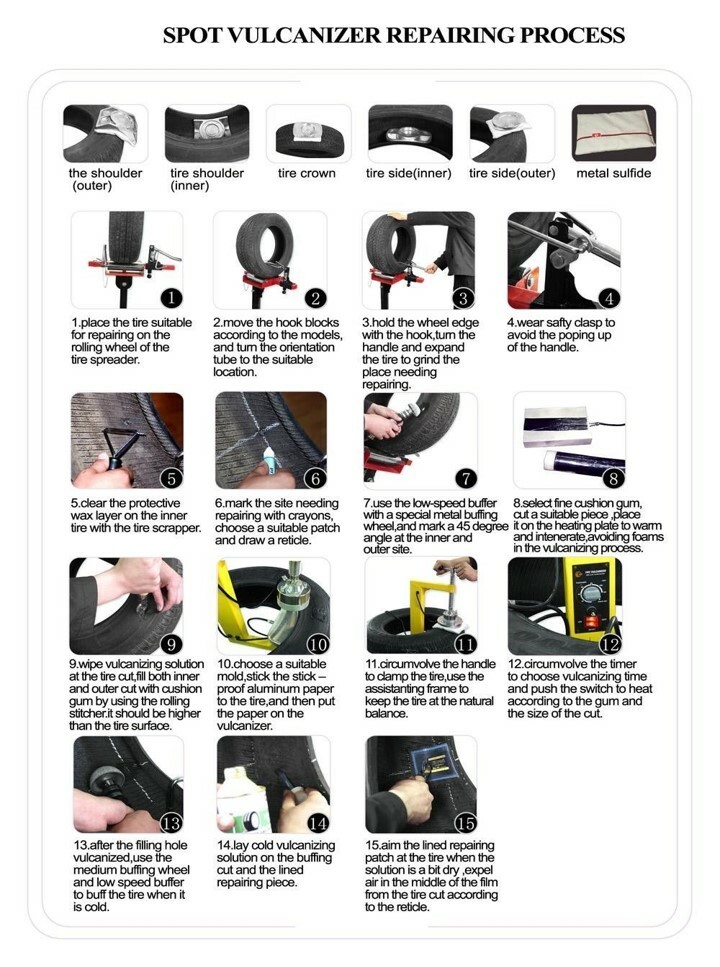
You can get your tire vulcanized from any local automobile repair shop, and you can also visit nearby service centers of any of the following automobile chains:
You can vulcanize your tires at home using DIY Vulcanizing Patch Kits, but keep in mind that it is only suitable for very small tears or cuts.
Additionally, the process becomes more complicated if the tires are heavy-duty or commercial, or if you have no prior experience with tire repairs.
You will find the following items in most DIY Vulcanizing Patch Kits:
If you’d like to purchase a vulcanizing patch kit, you can do so from stores like Amazon, Walmart, or even your local Auto Parts store for around $2-$15 per kit.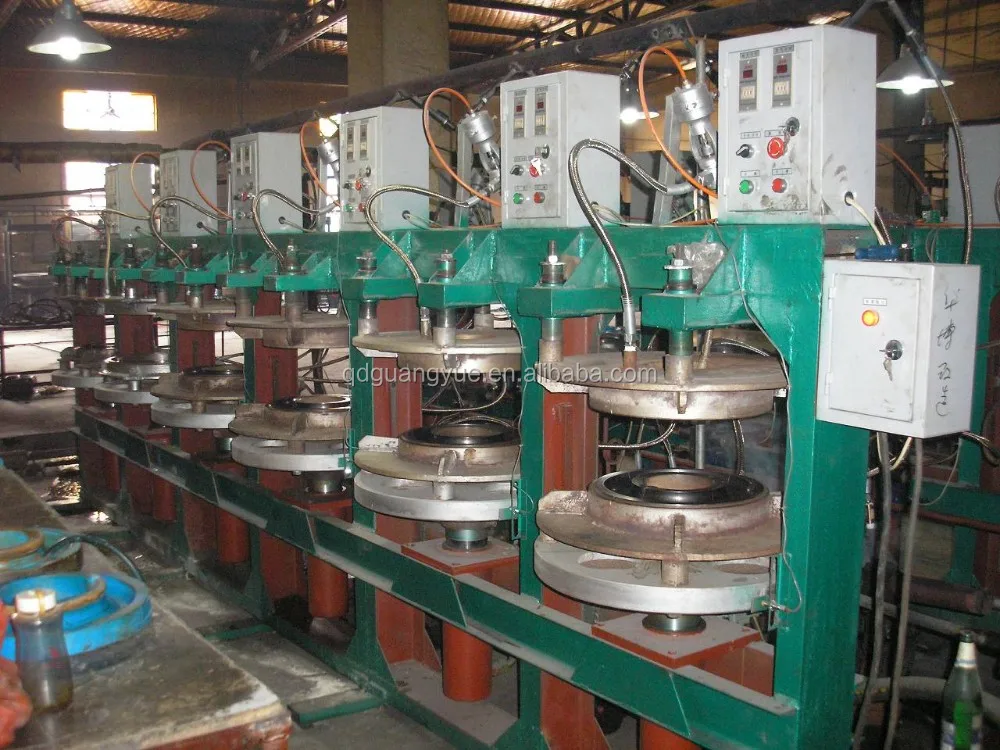
If you want to learn more, you can also check our posts on what are XL tires, what are all-season tires, and what are highway tires.
Tire vulcanizing is a chemical process used to repair cracks, tears, and punctures in tires to prolong the life of your tires.
Tire vulcanizing is a highly effective method for repairing tires, and vulcanized rubber is even used by manufacturers to produce durable and long-lasting tires for rough usage.
Editor’s note: This post was originally published on 3/27/2018 and has been updated for accuracy and comprehension.
Vulcanization of rubber is a process designed to improve the elasticity of rubber and strength via the presence of sulfur and heating, which changes the structure of the rubber molecules.
Car tires, the hoses that firefighters use, and rubber bands.
These are just a small sampling of the wide range of products that are made with vulcanized rubber.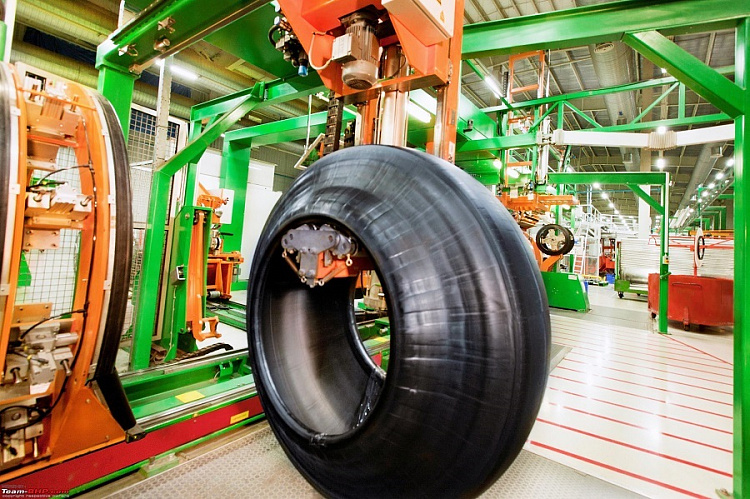
Let’s take a closer look at these transformative processes.
Vulcanization is a process that involves the use of chemicals to change natural rubber into a stronger, more durable substance.
Vulcanization is the process of treating rubber or plastic with chemicals so that it becomes stronger, more stable or has more elasticity.
In its natural state, rubber is somewhat elastic and not as strong as it could be.
Vulcanization developed as a way to strengthen it.
During the process, sulfur and other additives – “accelerators” – are introduced in order to create a way to bridge, or connect the polymer chains that already exist in the rubber.
Once the rubber has been vulcanized, it can be used commercially due to its durability, strength, and its non-stick properties.
There are two processes by which vulcanized rubber is generated.
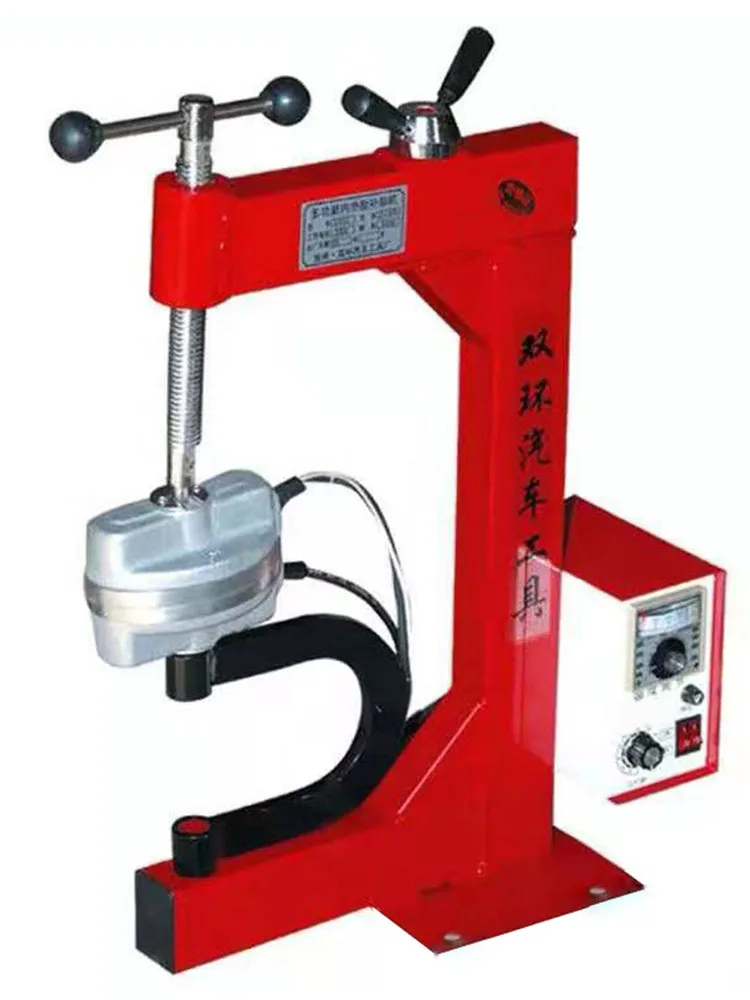 Pressure Vulcanization
Pressure VulcanizationThis process is the most typical process of vulcanization and involves heating the rubber with the use of sulfur and pressure at 150 degrees C.
Other chemicals and agents can be used throughout the process, such as fillers to increase strength and resistance to wear and tear, or carbon black that acts as a reinforcer.
Free vulcanization means that the rubber is vulcanized by passing extremely hot steam throughout the rubbers.
It takes about eight hours for vulcanization to be completed, however, certain chemical activators can be introduced to the process to speed up the time.
Each process for vulcanization is detailed and very thorough, meaning you need to know what you are doing to avoid danger or ruining the end result.
Pigments can also be added to create colored vulcanized rubber, and chemicals can be added to protect the color and durability.
Vulcanized rubber is used to make a variety of items, including the soles of shoes, hoses, hockey pucks, bowling balls, toys, tires, bouncing balls, and much more.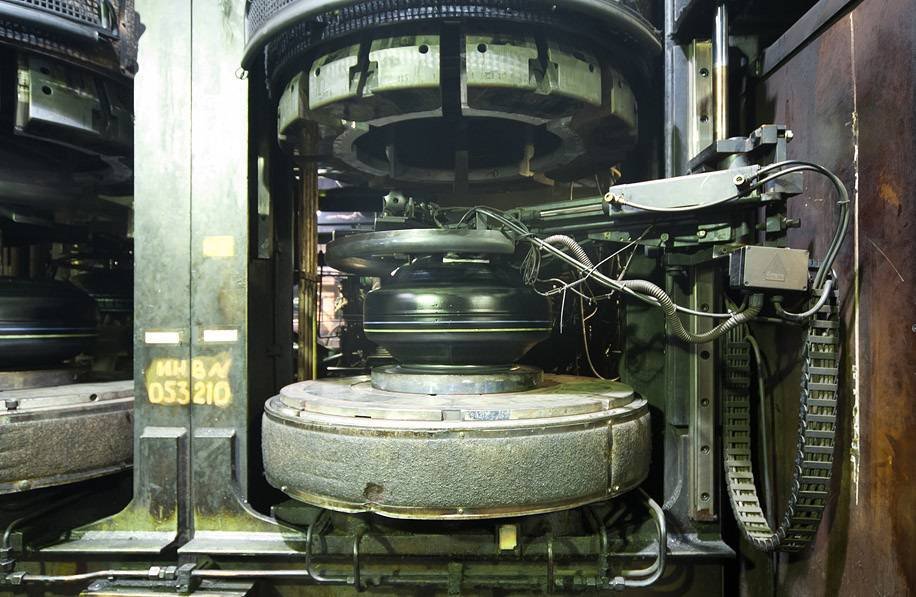 Most of the rubber products manufactured are vulcanized.
Most of the rubber products manufactured are vulcanized.
There are many positives that can come from the vulcanization of rubber.
It’s 10 times more stronger and more durable than natural rubber and as a result, can be used for many more purposes than natural rubber.
Here’s a sampling of the products that are made with vulcanized rubber.
With the vulcanization process, we have access to many more products, luxuries, and abilities than we would have otherwise.
If you’d like to increase your rubber vulcanization manufacturing productivity or make your vulcanization process more streamlined, give us a call and find out what we can do for you.
Do you have a rubber vulcanization manufacturing process that needs to be updated?
Vulcanization is a complex technological process that transforms plastic rubber into rubber. At the same time, the shape of the product is fixed, it becomes more elastic, durable and solid. Rubber after vulcanization is difficult to break, its performance is improved, and endurance reaches incredible parameters. Chemists will call the process of vulcanization "cross-linking" of rubber macromolecules into a vulcanization network by transverse rare chemical bonds. For this, a special chemical agent is used. nine0003
The discovery of vulcanization, oddly enough, is not connected with intense research work, but with the banal negligence of work. An employee at the Massachusetts Rubber Factory accidentally dropped a lump of rubber mixed with sulfur onto a hot stove. The rubber was charred but not melted. It happened in 1839, the worker's name was Charles Goodyear, and therefore it is from that time that the development of vulcanization is counted. In 1844, the first patent appeared, according to which rubber was to be exposed to aqua regia and copper nitrite. The process got its name from the ancient Roman god of fire, Vulcan. nine0003
The rubber was charred but not melted. It happened in 1839, the worker's name was Charles Goodyear, and therefore it is from that time that the development of vulcanization is counted. In 1844, the first patent appeared, according to which rubber was to be exposed to aqua regia and copper nitrite. The process got its name from the ancient Roman god of fire, Vulcan. nine0003
The inventor found his own vulcanization mode, noting that after it the rubber becomes resistant to temperature effects. To do this, lead and sulfur are involved in the chemical process, which are heated to the desired temperature along with rubber. Thus, elastic rubber is obtained, which is immune to the influence of sunlight and cold.
In the century before last, only sulfur was used for vulcanization, but over time, many other substances were added to it, for example, calcium sulfide, alkali sulfide, arsenic sulfide, lead, antimony, zinc salts, sulfur chloride and many other substances with a high sulfur content .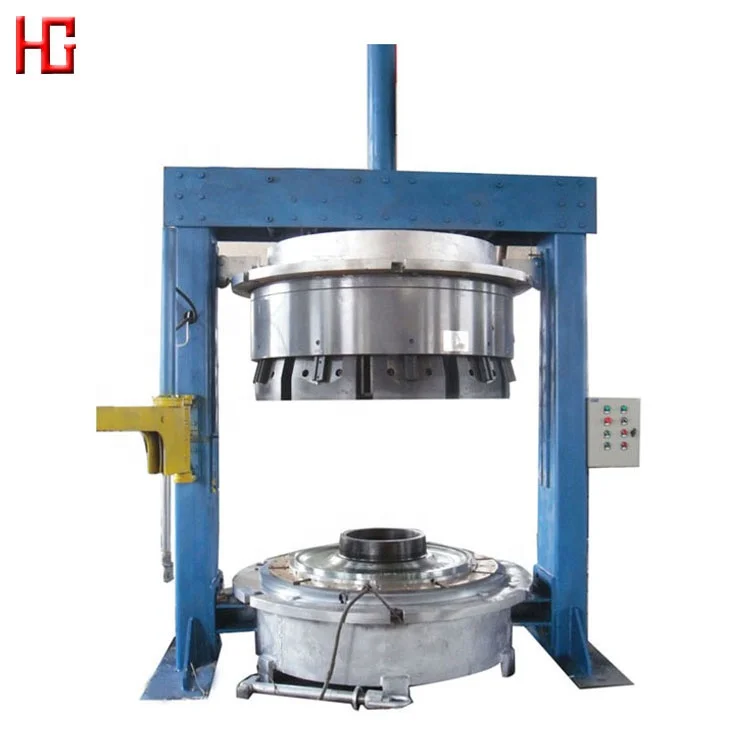 Vulcanization was the impetus for the industrial production of tires. The last solution to the dough is associated with the activities of the Englishman Robert Thomson, who invented "air" wheels in 1846, and the Irishman John Dunlop, who pulled a rubber tube on a bicycle wheel. nine0003
Vulcanization was the impetus for the industrial production of tires. The last solution to the dough is associated with the activities of the Englishman Robert Thomson, who invented "air" wheels in 1846, and the Irishman John Dunlop, who pulled a rubber tube on a bicycle wheel. nine0003
Tire vulcanization is one of the tools for repairing damaged rubber. As a rule, special plasters intended for cold and hot vulcanization are used. In the process, the chamber repair fluid interacts with the active layer of the patch patch. To process the surface of materials and places of defects, special cement BL is used. Adhesives are used to fix and connect structural elements and parts.
• Without heat treatment, two rubber components are bonded together in a cold vulcanization process. In this case, a patch with an adhesive layer is attached inside the tire. This process proceeds quite slowly, and therefore, at an average ambient temperature of 20 C, the tire should stand for a day after installing the patch.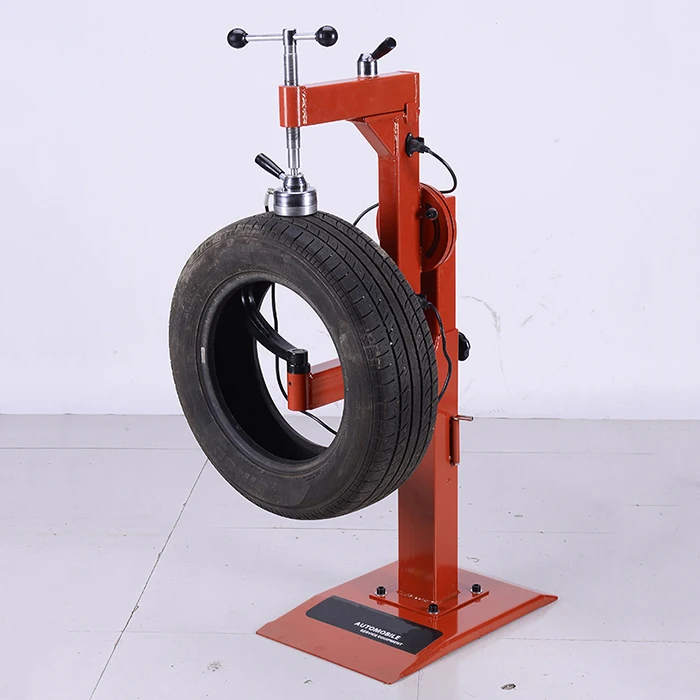 If it is colder outside, it will take two days to complete the process. For the process to go right, one should not deviate from the technology in anything. To consolidate the effect, it is worth using additional means for rubber after the end of vulcanization; nine0003
If it is colder outside, it will take two days to complete the process. For the process to go right, one should not deviate from the technology in anything. To consolidate the effect, it is worth using additional means for rubber after the end of vulcanization; nine0003
• If high temperatures are used to bond materials, this is hot vulcanization. For this process, the so-called "raw rubber" is used - a plastic mixture that restores the places of rubber damage. The vulcanization service is available at many service centers.
In order for tires to last long enough and not need vulcanization, they should be purchased from trusted virtual marketplaces, such as Rezina.cc. There are experienced professionals who can answer any questions. The advantages of an online store are a reasonable pricing policy and prompt delivery without an advance fee. nine0003
Technologically, the vulcanization process is the transformation of "raw" rubber into rubber.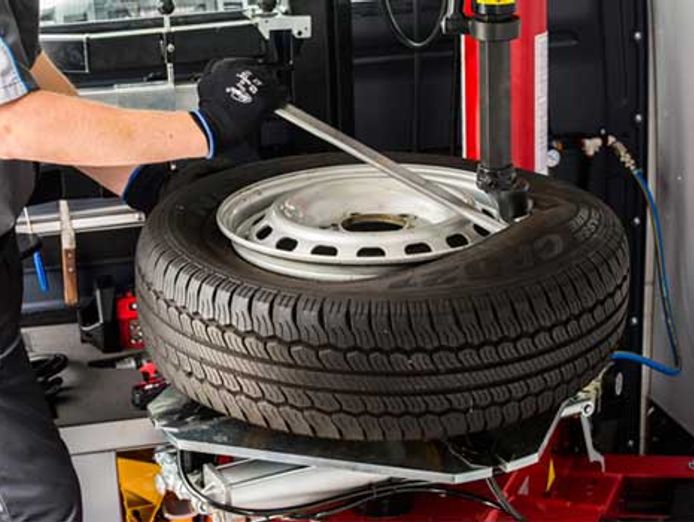 As a chemical reaction, it involves the integration of linear rubber macromolecules, which easily lose stability when exposed to external influences, into a single vulcanization network. It is created in three-dimensional space due to cross chemical bonds.
As a chemical reaction, it involves the integration of linear rubber macromolecules, which easily lose stability when exposed to external influences, into a single vulcanization network. It is created in three-dimensional space due to cross chemical bonds.
This "cross-linked" structure gives rubber additional strength characteristics. Its hardness and elasticity, frost and heat resistance improve with a decrease in solubility in organic substances and swelling. nine0003
The resulting mesh has a complex structure. It includes not only nodes that connect pairs of macromolecules, but also those that unite several molecules at the same time, as well as cross chemical bonds, which are like “bridges” between linear fragments.
Their formation occurs under the action of special agents, the molecules of which partially act as a building material, chemically reacting with each other and rubber macromolecules at high temperature. nine0003
The resulting bonds irreversibly limit the mobility of molecules under mechanical action, while maintaining high elasticity of the material with the ability to plastic deformation. The structure and number of these bonds is determined by the method of rubber vulcanization and the chemical agents used for it.
The structure and number of these bonds is determined by the method of rubber vulcanization and the chemical agents used for it.
The process is not monotonous, and individual indicators of the vulcanized mixture in their change reach their minimum and maximum at different times. The most suitable ratio of physical and mechanical characteristics of the resulting elastomer is called the optimum. nine0003
The vulcanizable composition, in addition to rubber and chemical agents, includes a number of additional substances that contribute to the production of rubber with desired performance properties. According to their purpose, they are divided into accelerators (activators), fillers, softeners (plasticizers) and antioxidants (antioxidants). Accelerators (most often it is zinc oxide) facilitate the chemical interaction of all ingredients of the rubber mixture, help reduce the consumption of raw materials, the time for its processing, and improve the properties of vulcanizers. nine0003
nine0003
Fillers such as chalk, kaolin, carbon black increase the mechanical strength, wear resistance, abrasion resistance and other physical characteristics of the elastomer. Replenishing the volume of feedstock, they thereby reduce the consumption of rubber and lower the cost of the resulting product. Softeners are added to improve the processability of processing rubber compounds, reduce their viscosity and increase the volume of fillers.
Also, plasticizers are able to increase the dynamic endurance of elastomers, resistance to abrasion. Antioxidants stabilizing the process are introduced into the composition of the mixture to prevent the “aging” of rubber. Various combinations of these substances are used in the development of special raw rubber formulations to predict and correct the vulcanization process. nine0003
When more than 30% sulfur is added, a rather hard, low-elastic ebonite is obtained.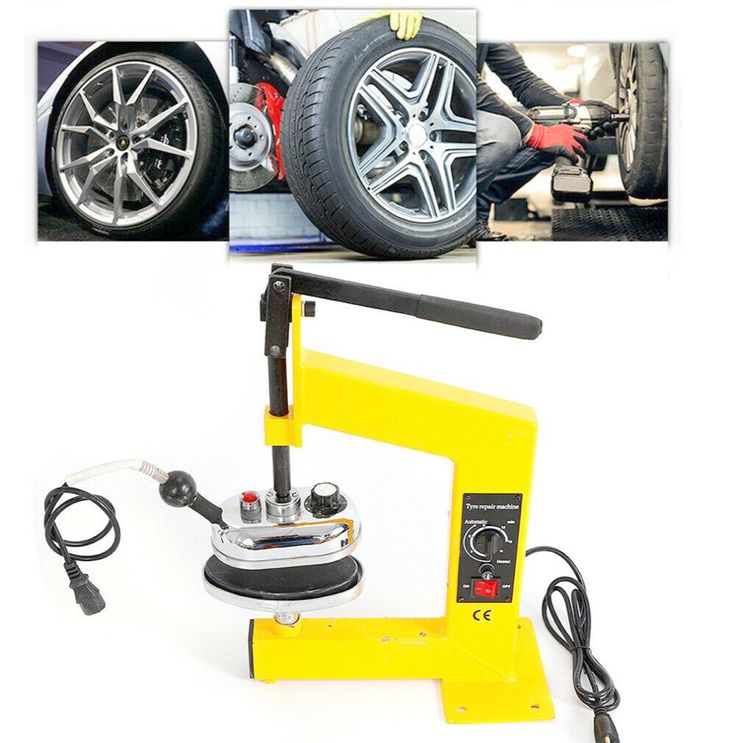 As accelerators in this process, thiuram, captax, etc. are used, the completeness of which is ensured by the addition of activators consisting of metal oxides, usually zinc.
As accelerators in this process, thiuram, captax, etc. are used, the completeness of which is ensured by the addition of activators consisting of metal oxides, usually zinc.
Radiation vulcanization is also possible. It is carried out by means of ionizing radiation, using electron flows emitted by radioactive cobalt. This sulfur-free process results in elastomers with particular chemical and thermal resistance. For the production of special rubbers, organic peroxides, synthetic resins and other compounds are added under the same process parameters as in the case of sulfur addition. nine0003
On an industrial scale, the vulcanizable composition, placed in a mold, is heated at elevated pressure. To do this, the molds are placed between the heated plates of the hydraulic press. In the manufacture of non-molded products, the mixture is poured into autoclaves, boilers or individual vulcanizers. Heating rubber for vulcanization in this equipment is carried out using air, steam, heated water or high-frequency electric current.